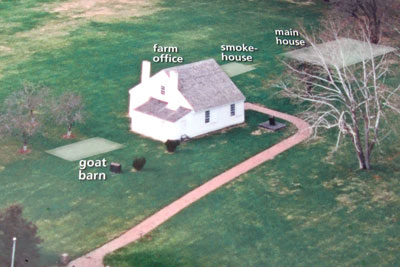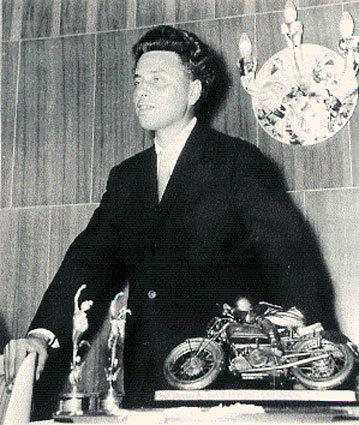It's been a while since I thought about this, and because I still get a lot of inquiry on torsional vibrations from my post on the subject months ago and continue to get good questions, I'm revisiting it again.
I've worked a lot of these problems in lower drivetrains, hybrid vehicles with inertially massive rotors, dual mass flywheels that make stuff go clunk... and ship propulsion... so I thought why not set up a simple 4 mass system as I started off doing, but never quite finished and show how to solve for the natural frequencies of the various modes and look at the mode shapes and discuss what they may influence in any design...
As always, this is an area I've worked on as an engineer for around thirty years. I've done a lot of work in transmission design - both gearboxes and cases and both gear and bearing life and noise radiated analysis, diesel engine design and lots of structures too... but this torsional stuff is sort of a favorite area of mine!
So let's use the example of a 4 stroke 4 cylinder engine with a flywheel, first attached to a propellor, then the same system used to drive a rear wheel drive tractor... We'll have case A and case B.
The first step is to discritize the components into their equivalent mass elastic properties. Here error is introduced as in the real world nothing is ever a cylinder or a prismatic shape and when things twist they are generally NOT linear in their stiffness, but they are reasonably so in a defined range of interest. We can approximate the pieces of a system with these understood inertial and physical characteristics, but in fact we have more complicated geometry like fillets, oil holes, tapered flanges, splines and on and on and on... Where we see this error having a more profound effect is in the accuracy of prediction of the higher modes - modes where the mode shape and frequency accuracy are more and more dependent on several nodal crossings and the distribution of energy across many elements of the system. Fortunately the higher modes of excitation are USUALLY, but not ALWAYS, of little or no concern to us as hysteretic damping and the lack coupled with the lack of a high energy forcing function usually keep things from finding a way to get to amplitude magnification. Happily it's the way things usually work out to be, but not always! So ignoring modes of higher order, say the 4th or 5th mode and beyond are commonly done once we build a prototype and have test data to look at. So the first 3 modes are usually what you want to be aware of, and a good rule of thumb is to understand what excitation exists in your system and to understand that dwelling on a mode could be a problem. There are ways to move modes (soft couplings or even rigid couplings... adding inertia or reducing inertia... lots of stuff can be done to synthesize any system).
The first step in a normal modes analysis is just to solve the set of ODE's which is usually done without damping. Sort of a quick look at what the system is tuned for... We can solve these equations a number of ways. A popular method is to use the Holzer Method, another is by direct matrix algebra. Lets take a look at these two.
General Approach Using Transfer Matrices with a sweeping Omega term in Goalseek:
Z4=[P4][F4][P3][F3][P2][F2][P1][F1][P0]Z0
Mass Elastic System for Case A:
 |
| The Transfer matrices Method uses Point and Field Matrices to characterize the system, then the Omega variable is swept to find the zero crossings, which define the Mode Shapes... |
 |
| Holzer's Method is a good alternative, both techniques are easy and fast |
As time allows I'll add more detail to the calculation steps I'll post the cell equations if anyone wants them...
Lee
Mass Elastic System for Case B:





















































